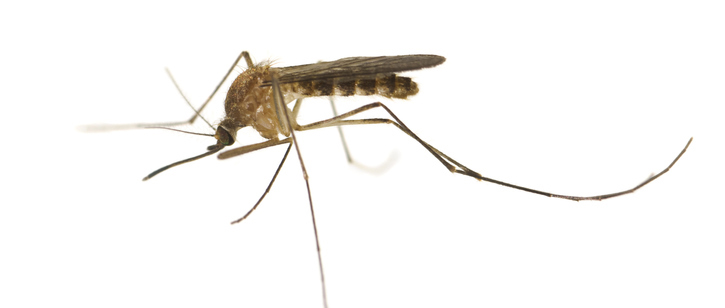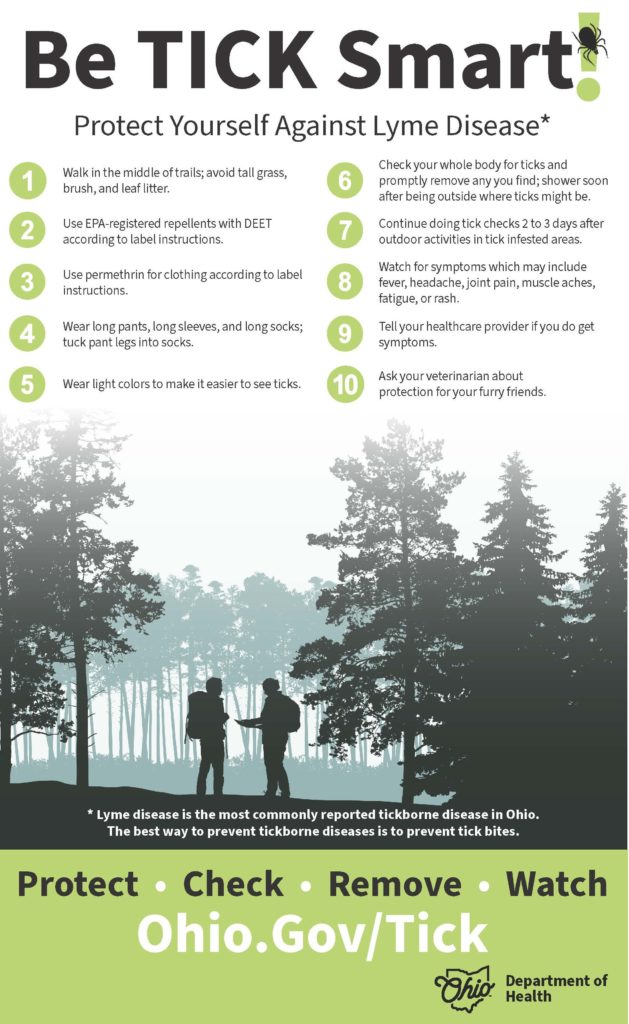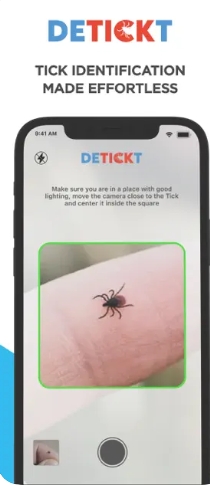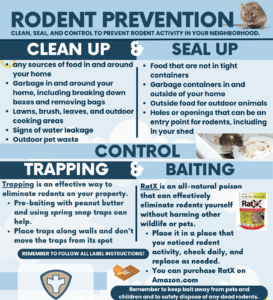Each summer, mosquitos are familiar pests that are outside in Ohio. Most are just annoying, but some can carry disease. The diseases that mosquitos can carry are very serious ones, such as West Nile Virus, La Crosse Virus, St. Louis Encephalitis, Dengue, Chikungunya, and Zika.
Because the viruses are widespread, infections are likely to continue. For more information about the specific mosquito illnesses in Ohio, visit the ODH website.


Preventing Mosquitos
Controlling mosquitos is an ongoing effort. Mosquitos breed and develop in standing water. Work with your neighbors to empty items that hold water and turn them over or store inside. Examples are tires, buckets, planters, toys, pools, and birdbaths.
Water standing in ponds, ditches, catch basins, and natural bodies of water may or may not be breeding grounds for mosquitos as they may contain other wildlife that are predators of mosquitos. The only way to know if a body of water is a mosquito habitat is by dipping. Dipping is a process whereby water is skimmed from the surface and examined for mosquito larvae. Contact CCCHD to request inspection of specific areas you believe to be mosquito breeding grounds. If larvae are present CCCHD will work with you to decide how to best control the breeding activities.
Treatment of Mosquitos

If larvae are present then the next course of action is to determine how to best control the larval activity. Reducing or eliminating the standing water and other natural methods are preferred over using chemicals called larvicide.
Using fogging chemical is intended for adult mosquitos as a last line of defense and should not be performed as the only activity to control mosquitos. These chemicals less effective than comprehensive efforts to reduce the source of the problem and may endanger beneficial wildlife such as honeybees.
Our mosquito surveillance program allows us to monitor the community for mosquito borne diseases in the mosquito population, so we can notify our community of the presence of diseases such as West Nile virus. CCCHD hires a summer intern who will set 16 traps weekly to catch mosquitos. West Nile positive mosquitoes have been found in 14 of the 16 traps throughout the county. In accordance with our mosquito surveillance plan, we applied larvicide and adulticide to reduce the risk of mosquito borne diseases to our community.

Protecting yourself against mosquitos
There are other actions to take to protect yourself and family.
- Use approved repellents according to the label.
- Use hands to apply repellents to children and never apply repellents to their mouths, noses, hands, or eyes.
- Wear lighter color clothing that covers the arms and legs.
- Use screens on windows and doors. Repair holes in screens.
- Stay indoors during periods of increased mosquito activity.
- Use air conditioning when possible.
- Keep rain gutters and down spouts clear to avoid pooling water.
- Add mosquito fish to livestock watering troughs. For more information related to agricultural mosquito control visit http://anrcatalog.ucanr.edu/pdf/8158.pdf
- Keep ditches and other low lying areas mowed.
- Use condoms when having sexual contact with a person who has traveled to an area under a travel advisory.
Diseases spread by ticks are an increasing concern in Ohio and are being reported to the Ohio Department of Health more frequently in the past decade, with Lyme disease and Rocky Mountain spotted fever (RMSF) being the most common. Other tickborne diseases such as anaplasmosis, babesiosis, and ehrlichiosis are also on the rise. Though rare, diseases such as tularemia, southern tick-associated rash illness (STARI), and Powassan virus may also be carried by Ohio ticks.
The best way to prevent tickborne diseases is to prevent tick bites. In Ohio, tickborne illnesses are most often transmitted between early spring and late fall since ticks are most active during warm months.
Take action to decrease your risk of infection: protect against tick bites, check for ticks, remove ticks as soon as you can, and watch for symptoms.
If you removed a tick from yourself or a family member, you can bring it into the health department for identification or use the Detickt app on Apple Devices.
Cockroaches and their droppings may trigger an asthma attack. Their feces, saliva, eggs, and outer covering, or cuticles left behind on surfaces contain substances that are allergenic to humans, especially those with asthma or other respiratory conditions.
Within and on the surface of their bodies, cockroaches carry bacteria that can cause salmonella, staphylococcus and streptococcus if deposited in food. Additionally, cockroach feces, skin sheddings and saliva can cause asthma and allergies, especially in children.


- Don’t allow dirty dishes to accumulate in the sink and remain there overnight.
- Keep food scraps in the refrigerator or in containers with tight-fitting lids.
- For pets, keep the food in tightly sealed containers, and do not allow food to remain in the bowls overnight.
- Feed only what the animal will eat at the time of feeding.
- Remove garbage from the home and kitchen areas on a routine basis.
- Keep outside containers covered, especially at night.
- Periodically check and clean the refrigerator or freezer.
- Check the critical area between the stove and cabinet where grease and food scraps often accumulate.
- Pull the stove out periodically and clean thoroughly.
Wild rodents (chipmunks, squirrels, mice, rats, muskrats) and rabbits can be found throughout Ohio and are well-adapted to living in urban, suburban, and rural environments.
These animals can harbor diseases that can make people sick. Wild rodents also serve as the reservoir for many vector-borne diseases (diseases spread by ticks and mosquitoes) such as babesiosis, La Crosse virus disease, Lyme disease, Powassan virus, and a number of rickettsial diseases including Rocky Mountain spotted fever.


Preventing a rodent infestation
Integrated Pest Management (IPM) is an effective method of pest control that is based on accurate information of the life cycle and habits of the targeted pest(s) (i.e., bed bugs, roaches, etc) as well as proper use of some chemical pesticides. When done properly IPM can be an economic way to manage pest damage and with the least possible impact to people, property or the environment.
IPM can be used indoors and outdoors and takes advantage of all appropriate pest management options including the use of pesticides, both those that are produced from natural sources and synthetic chemicals. The IPM approach has four tiers: Set Action Thresholds, Monitor and Identify Pests, Prevention, and Control.
Set Action Thresholds
Before you begin taking any steps to control the targeted pest first establish a point at which pest population or environmental conditions indicate that control actions should be taken. The sighting of a single pest does not always mean that control is needed.
Monitor & Identify
Not all pests require control and not all control methods work equally on all pests. IPM programs monitor to identify pest accurately so that when control methods are implemented they have the maximum effectiveness.
Prevention
Steps should be taken to prevent pest(s) from becoming a threat. In an indoor environment this may be reducing clutter for an outdoor environment this may be selecting pest-resistant varieties of plants. These types of control methods are very effective and cost-efficient as well as being very low risk to people and the environment.
Control
Once monitoring, identification and the action threshold have shown that pest control is needed and that prevention is no longer a viable option, IPM then determines the proper control method for both effectiveness and risk. Low risk controls should be chosen first, including targeted chemicals and mechanical control such as trapping or weeding.



